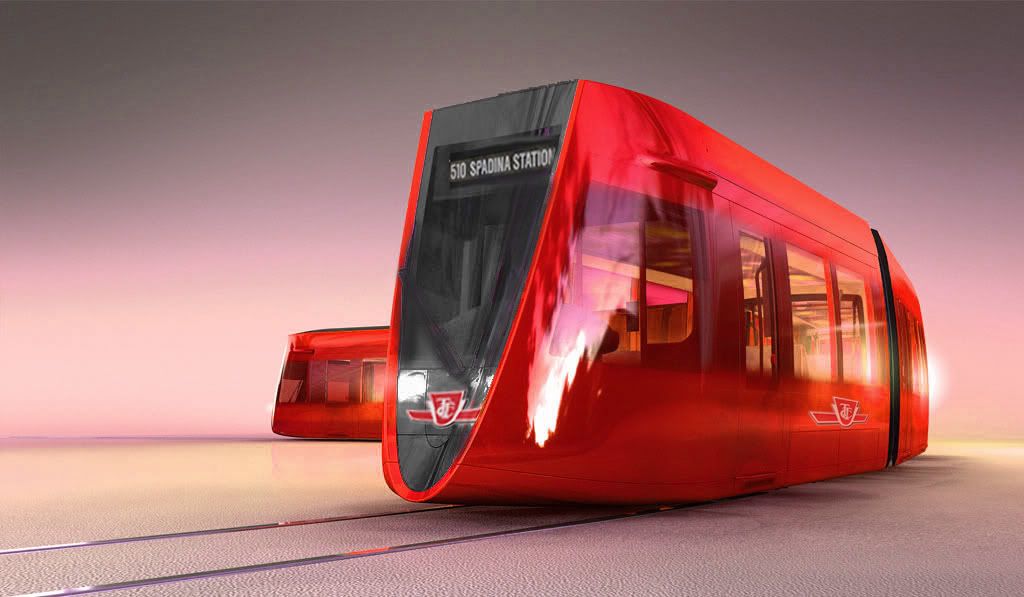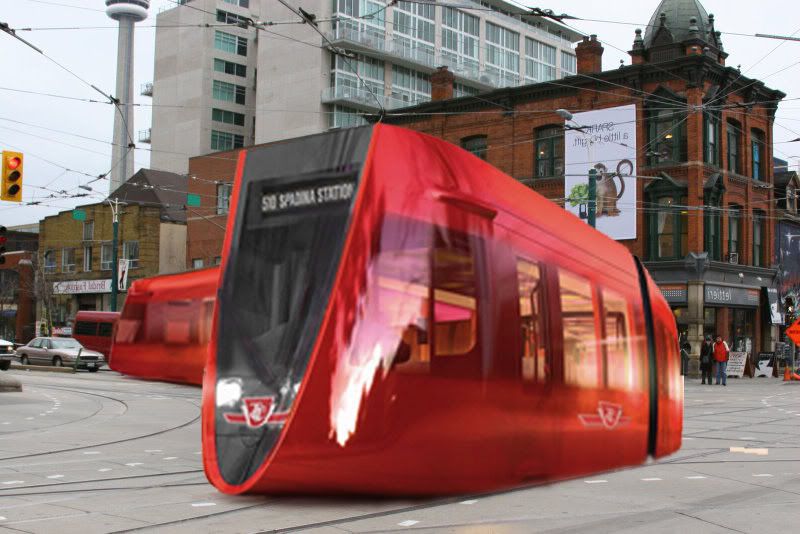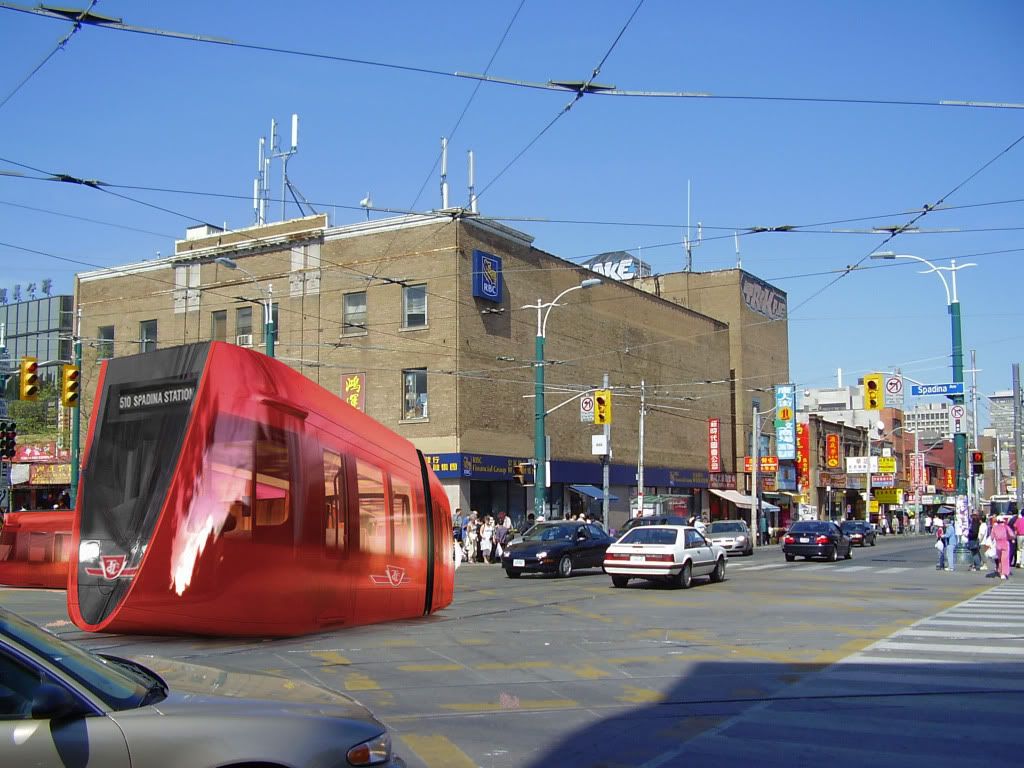Inner-city streetcars in Europe don't quite compare to what we have. For starters, they operate in much more effective semi & private ROWs which only really work with their spaghetti road system. Intersections are much less frequent. I for one don't hold much hope Queen will be turned into a transit mall anytime soon.
If the TTC implements more efficient signal synchronizations, then reliability will be improved.
Here's Amsterdam:
http://maps.google.com/?ie=UTF8&ll=52.372455,4.910545&spn=0.185502,0.525627&z=12
Here's Toronto:
http://maps.google.com/?ie=UTF8&ll=43.680536,-79.349785&spn=0.219738,0.525627&z=12
Notice how their street grid is much denser than anything we have. Notice again that mixed traffic areas exist.
If we simply enforce the transit lanes on King and Queen during rush hour, then reliability will be improved.
Europe is also not quite as tram crazy as some people think. Toronto has, 2.5m people? That puts Rome, Berlin, Madrid, Moscow, Paris & London ahead of us.
Toronto has perhaps six million. This puts us above Rome, Berlin, and about the level of Madrid. That aside,
Rome aside, each of those cities has 150km+ of subway. Other Euro cities w/more subways? Stockholm (105km), St. Petersburg (105km), Barcelona (105km), Hamburg (100km), Athens (75km) and Oslo (84km). Vienna is more or less tied with us.
Many of the above also have dense tram systems in addition to dense metro systems.
Trams are more popular in Eastern Europe, mainly because the communists couldn't afford to replace them. New Castle upon Tyne has 70km of metro for the love of God!
Trams survived in West Germany, Italy, and the Netherlands (hardly poor and communist countries).
Newcastle's system was easy to build because there were huge lengths of underused railway lines, a legacy of their industrial power. No subway line can be built in Toronto on a rail corridor except for a segment of the DRL.
It's not that buses are more reliable, or even better in any way than legacy trams, it is that they don't cost millions of dollars per unit, necessitate a volunteer non-profit group to repair and years to deliver new units.
Maybe if we take streetcars seriously, then there wouldn't be a shortage of parts and staff. You know, economies of scale and all that?
Besides, it's not a "legacy" system. Once the rolling stock is replaced, the tracks, the wires, the stops, and (hopefully) the synchronization will be 100% from the 21st century.
Well, I actually do think you can fit an articulated bus along King, or pretty much any street in Toronto.
But can they do so without the risk of swerving out of their lane and endangering traffic? No to mention precipitate a sizeable drop in ridership?
And yes, the downtown core does need subway. Not on every s/c line, but we need at least one more E/W route going through the downtown core. Were a RT line strung along Richmond, surface transit could be moved to what it does best, local transport and distribution not "rapid" transit.
Once the DRL is built there will still be a demand for local transit. And they're called streetcars.
I don't know how true that is. I was discussing the matter with some London based transit planners, they had no particular attraction to the idea of inner city streetcars. They have the Croydon Tram, but that is LRT done right. More or less grade separated and fast. When I described the 501 Queen to them, they gave me the look I imagine I would give to someone who eats with their fingers.
There were plans on the book for at least two inner-city LRT lines. Don't know what happened to them.
I would take London's double deckers over our legacy network any day.
I'd take spanking clean buses with AC which come frequently over rickety 30-year-old vehicles that show up whenever they want to.
But would you prefer
this over
this?
I actually prefer London's bus network to it's tube.
Perhaps that would be different if the Tube wasn't neglected because of a PPP which saw a private contractor gobble up two billion Pounds and then go bankrupt.







